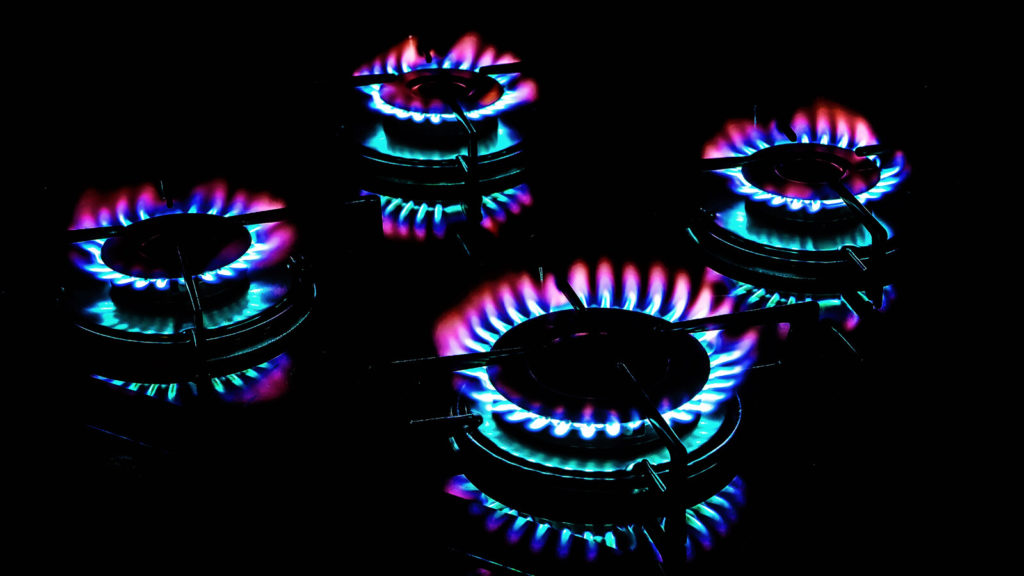
U.S. natural gas futures slid about 2% to a one-week low on Wednesday as drillers keep pulling record amounts of gas out of the ground, mild weather keeps demand low and the amount of gas flowing to liquefied natural gas (LNG) export plants declines as units shut for spring maintenance.
Front-month gas futures for June delivery on the New York Mercantile Exchange were down 4 cents, or 1.8%, to $2.174 per million British thermal units (mmBtu) at 9:02 a.m. EDT (1302 GMT), putting the contract on track for its lowest close since April 26.
That also puts the front-month on track to decline for a third day in a row for the first time since late March.
Data provider Refinitiv said average gas output in the U.S. Lower 48 states rose to 101.5 billion cubic feet per day (bcfd) so far in May, up from a record 101.4 bcfd in April.
Meteorologists projected the weather would be mostly near normal in the Lower 48 states through May 18 with equal amounts of heating and cooling degree days.
Heating degree days (HDDs) measure the number of degrees a day’s average temperature is below 65 degrees Fahrenheit (18 degrees Celsius) to estimate demand to heat homes and businesses. Cooling degree days (CDDs) measure the number of degrees a day’s average temperature is above 65 F to estimate demand to cool homes and businesses.
With the weather turning seasonally warmer, Refinitiv forecast U.S. gas demand, including exports, would slide from 95.0 bcfd this week to 90.5 bcfd next week. Those forecasts were lower than Refinitiv’s outlook on Tuesday.
Gas flows to the seven big U.S. LNG export plants slid to an average of 13.0 bcfd so far in May, down from a record 14.0 bcfd in April. The decline was due mostly to reductions at a couple of facilities in Louisiana: Cameron LNG and Cheniere Energy Inc’s Sabine Pass.
Last month’s record was higher than the 13.8 bcfd of gas the seven plants can turn into LNG since the facilities also use some of the fuel to power equipment used to produce LNG.
In New York, Governor Kathy Hochul and the state legislature will likely pass a budget this week that will make New York the first state to ban the installation of fossil-fuel equipment, including gas heating systems and stoves, in most new buildings starting in 2026. Hochul and some legislators tried but failed to pass a similar ban in 2022.
GLOBAL GAS PRICE COLLAPSE
Some analysts have questioned whether this year’s gas price collapse in Europe and Asia could force U.S. exporters to cancel LNG cargoes this summer after mostly mild weather over the winter left massive amounts of gas in storage. In 2020, at least 175 LNG shipments were canceled due to oversupply and weak demand.
But for now, most analysts say energy security concerns following Russia’s invasion of Ukraine in February 2022 should keep global gas prices high enough to sustain record U.S. LNG exports in 2023.
Gas was trading at a 21-month low of around $12 per mmBtu at the Dutch Title Transfer Facility (TTF) benchmark in Europe and a 22-month low of $11 at the Japan Korea Marker (JKM) in Asia.
Even though TTF gas prices were down about 50% and JKM was down about 61% so far this year, traders said those prices were high enough to feed demand for U.S. LNG exports.
U.S. gas futures, which were also down about 51% so far this year, lag far behind global prices because the United States is the world’s top producer with all the fuel it needs for domestic use, while capacity constraints prevent the country from exporting more LNG.